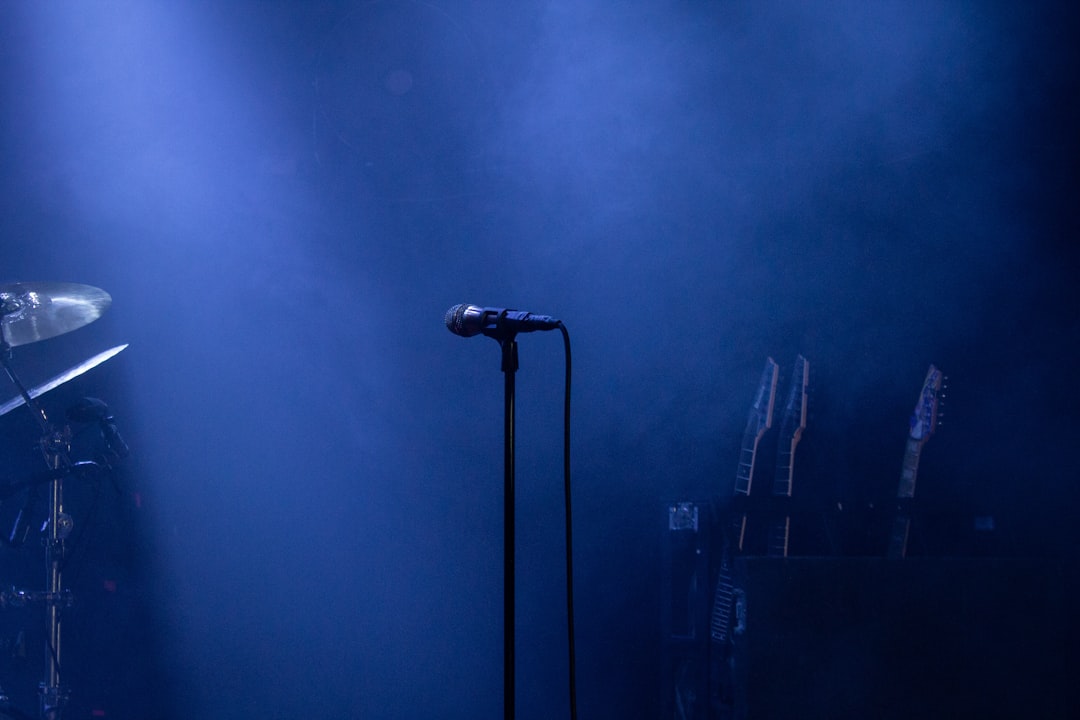Young fans in "live music deserts" lack concert-going experience
Teens living in rural or suburban areas have little access to live shows

Where I grew up in the Philadelphia suburb of Blue Bell, PA, there are no music venues within a 10 mile radius.
Aside from the over half hour driving distance, I wasn’t old enough in high school to watch my friend’s brothers play at The Grape Room, and my parents seldom allowed me to see some of my favorite artists play Franklin Music Hall in downtown Philly.
Music enthusiasts and avid concert goers will tell you nothing compares to the experience of an intimate concert, the kind not held at a major stadium, where you can see the artists on stage and feel the music. With non-walkable cities, and a minimum federal drinking age of 21, teens living in suburban or rural areas are stuck in “live music deserts.”
Concert etiquette has been a hot topic of discussion as of late, with misbehavior especially from younger fans ruining the live music experience for other patrons. Most music lovers today, much like myself, won’t have the experience of standing front-row at a small, crowded show until adulthood.
Liz Nowak, a music industry professional from Syracuse, has a daughter who plays in a band. Five years ago, her daughter returned from playing a gig at Clarkson University shocked at how many of the college-aged attendees expressed that they had never experienced this kind of live show.
Before 1984, the drinking age in New York state was 18, but it wasn't uncommon for a 16-year-old to be let into a music venue, Nowak said.
“You could go to 10 different venues and catch live music,” she said. “It was just something we (teens) took for granted.”
Nowak was a concert promoter in downtown Syracuse at the time the federal drinking age changed, leaving the music scene fearful for the future of live music.
“The thing for me is, where does a 16-year-old go, where does an 18-year-old go to see a live show? And have we lost the ‘feel’ of music?”

In San Luis Obispo, a small California city between San Francisco and Los Angeles, and home to California Polytechnic State University, city officials around 15 years ago pushed to stop live music downtown. A 2010 noise ordinance from the city took a toll on the SLO’s music scene.
Aside from small, intimate shows, those living in more rural areas of the U.S. far from larger cities will have a difficult time seeing the artists they love. Syracuse, despite having St. Joseph’s Amphitheater and the JMA Wireless Dome, is frequently skipped major tours. Artists may skip even larger cities if analytics show they have less of a fanbase there or if the profit margin is slim.
According to data from SeatGeek in 2018, the U.S. city with the most concerts was Las Vegas, with Nashville coming in second. My home city Philadelphia was last on the list of 25 cities.
I now live within walking distance from The Westcott Theater, where I saw one of my favorite artists Noah Kahan perform in fall 2021. I’ve also caught performances at Funk N Waffles, only a 12 minute drive from my off-campus house, or at house shows in my neighborhood—the likes of which were definitely not happening in my suburban hometown.

